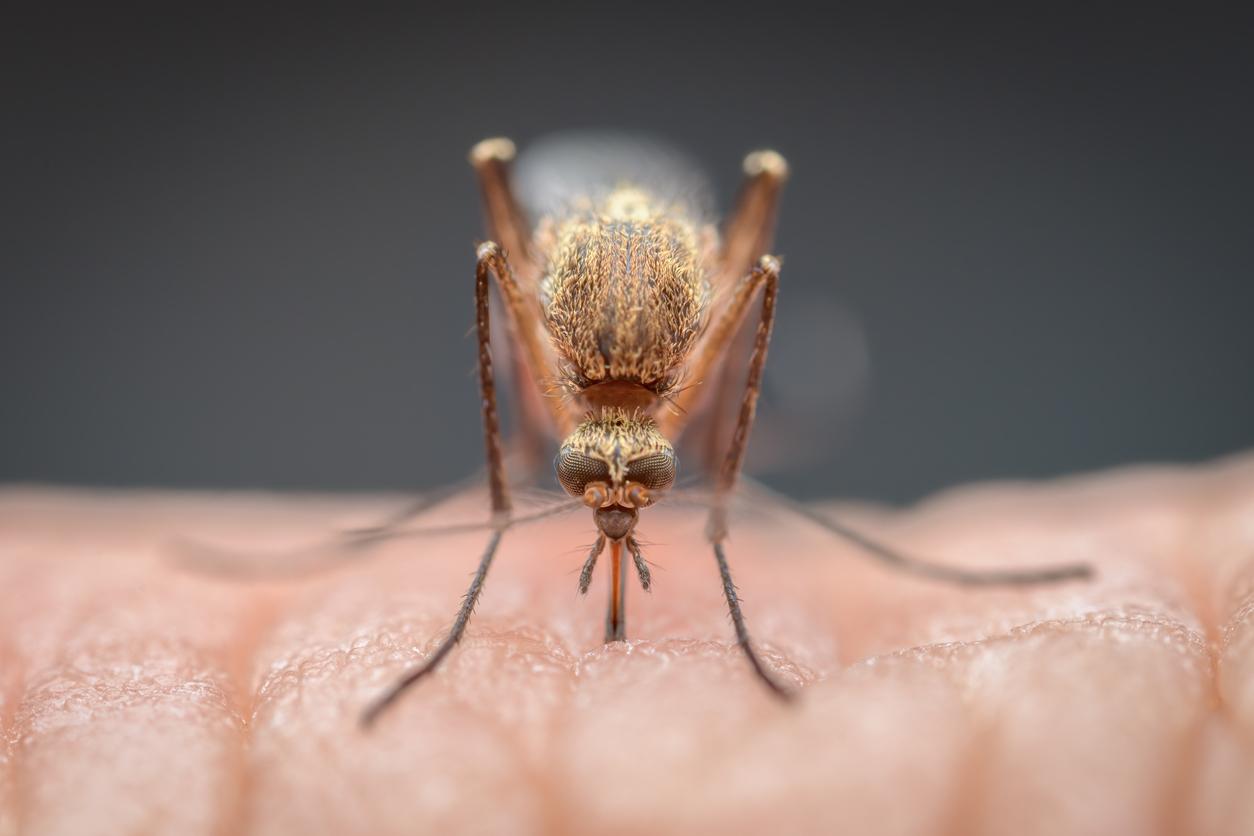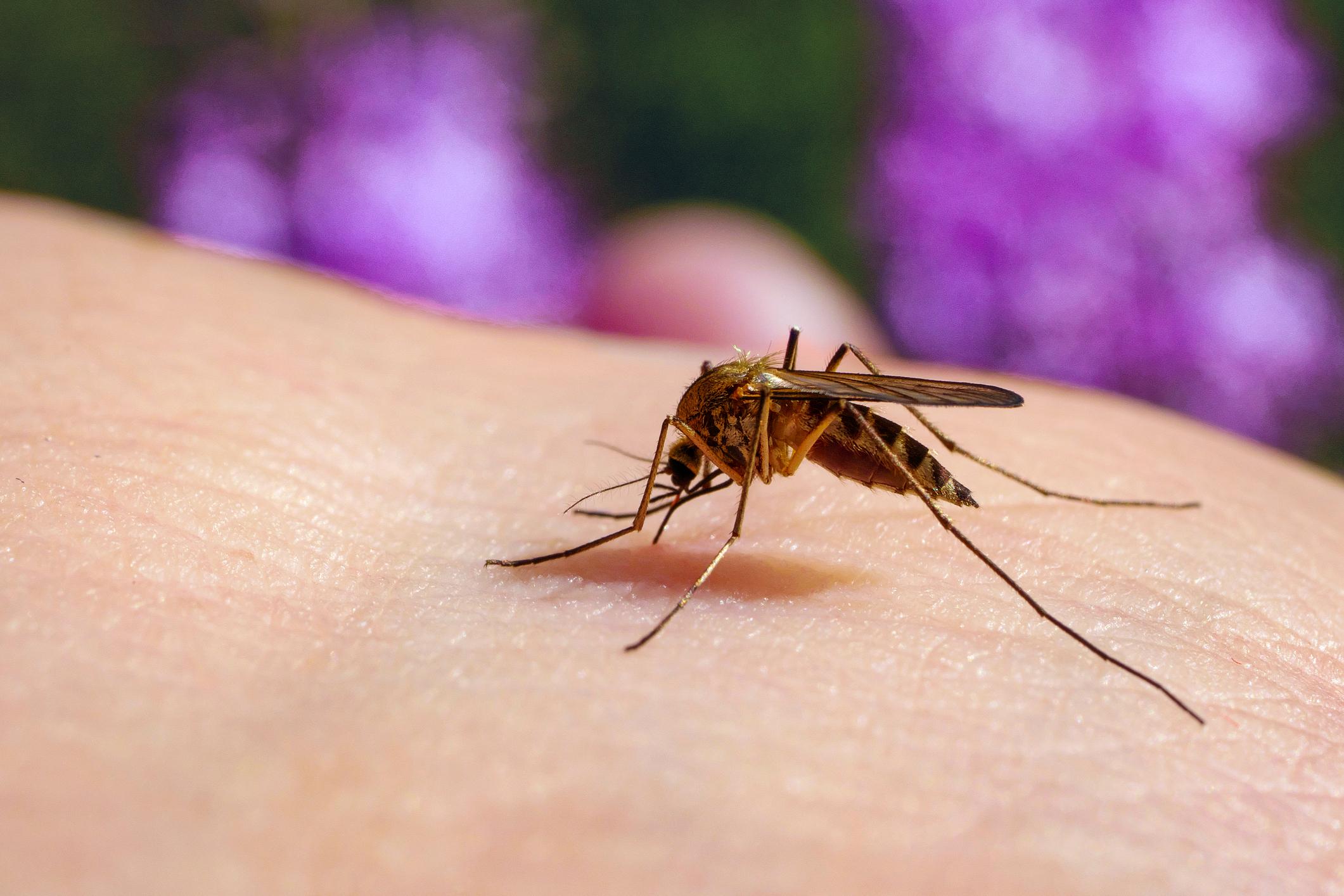
Is today a good day?
Not everyone gets hay fever in the same month. This is because not all plants bloom at the same time. If you know when the plant you are allergic to will bloom, you can prepare.
You suffer from hay fever during the period when trees, grasses and plants bloom. Most bloom between February and September. The hay fever peak is in May, June and July.
Overview pollen top-10
A general prediction already says a lot. However, hay fever is slightly different for everyone. Exactly when you experience problems depends on the type(s) of pollen to which you are allergic. When do their producers bloom? The table below shows when which pollen occurs.
|
Kind |
Flowering time |
| Grasses | May – September |
| Nettle | June – September |
| Birch | March May |
| pine and fir | April May |
| chestnut and oak | April – June |
| Els | February – May |
| Sorrel | May – August |
| Plantain | May – September |
| mugwort | July August |
| cypress trees | March May |
Other factors
Unfortunately, many people are allergic to multiple pollens. The period in which they suffer is therefore quite long. In addition to the flowering time, there are other factors of influence.
When there is a lot of sun, little rain and moderate wind, the hay fever season lasts longer and you suffer more from it. But when it rains, the pollen is flushed out of the air. So a shower can be quite welcome in a long hot summer.
If you want to get out and about, it’s best to go to the beach or a town. Relatively less pollen floats in the air here. In forests and nature reserves, the concentration of pollen is very high. Go early! There is less pollen in the morning than in the afternoon and evening.
Pollen forecast
Do you want to know exactly which pollen is in the air today? Then look at Allergy Radar, an overview of all types of pollen that occur in the air per day.














